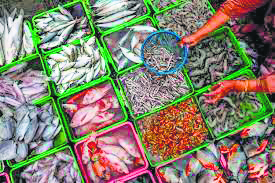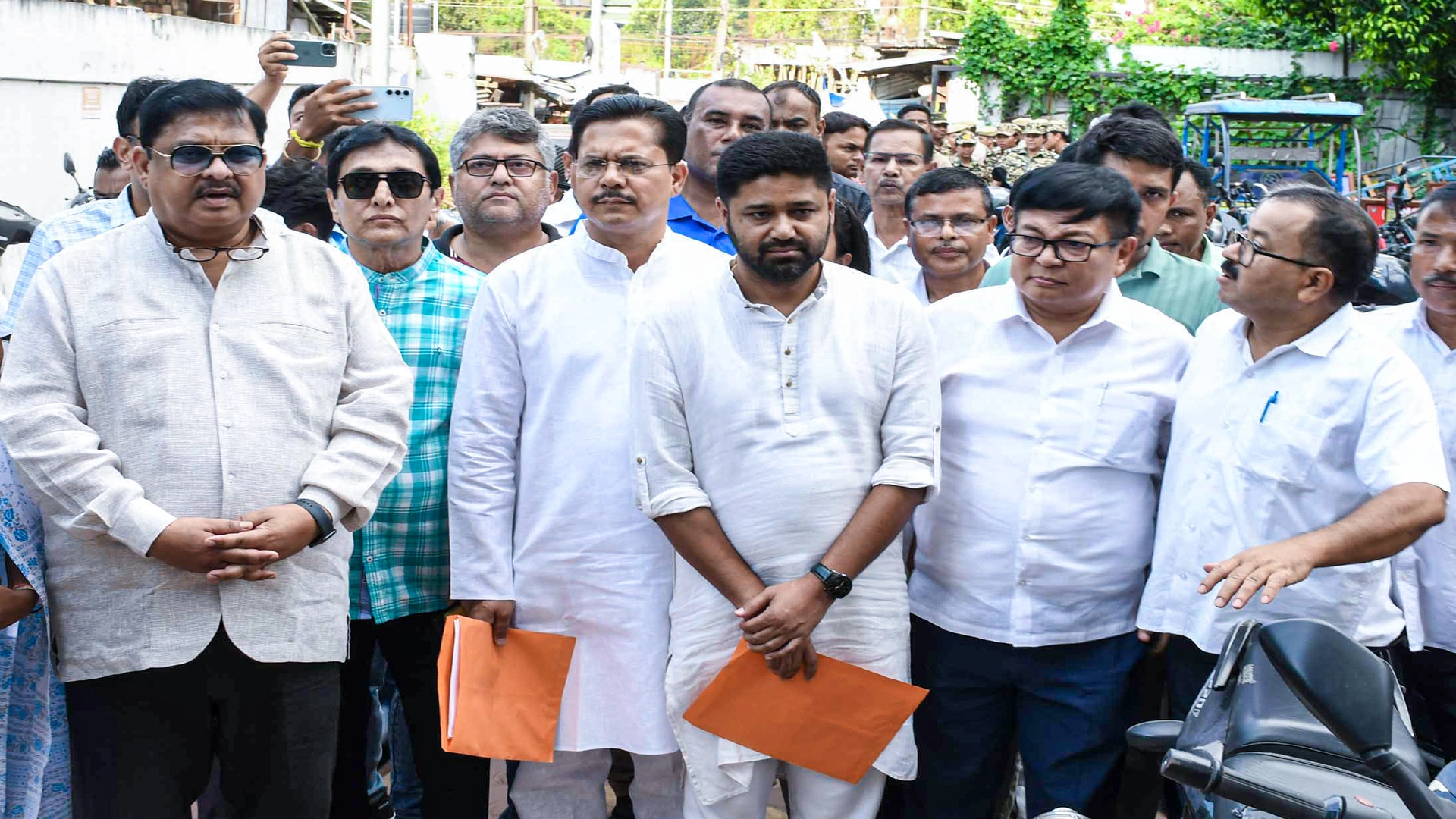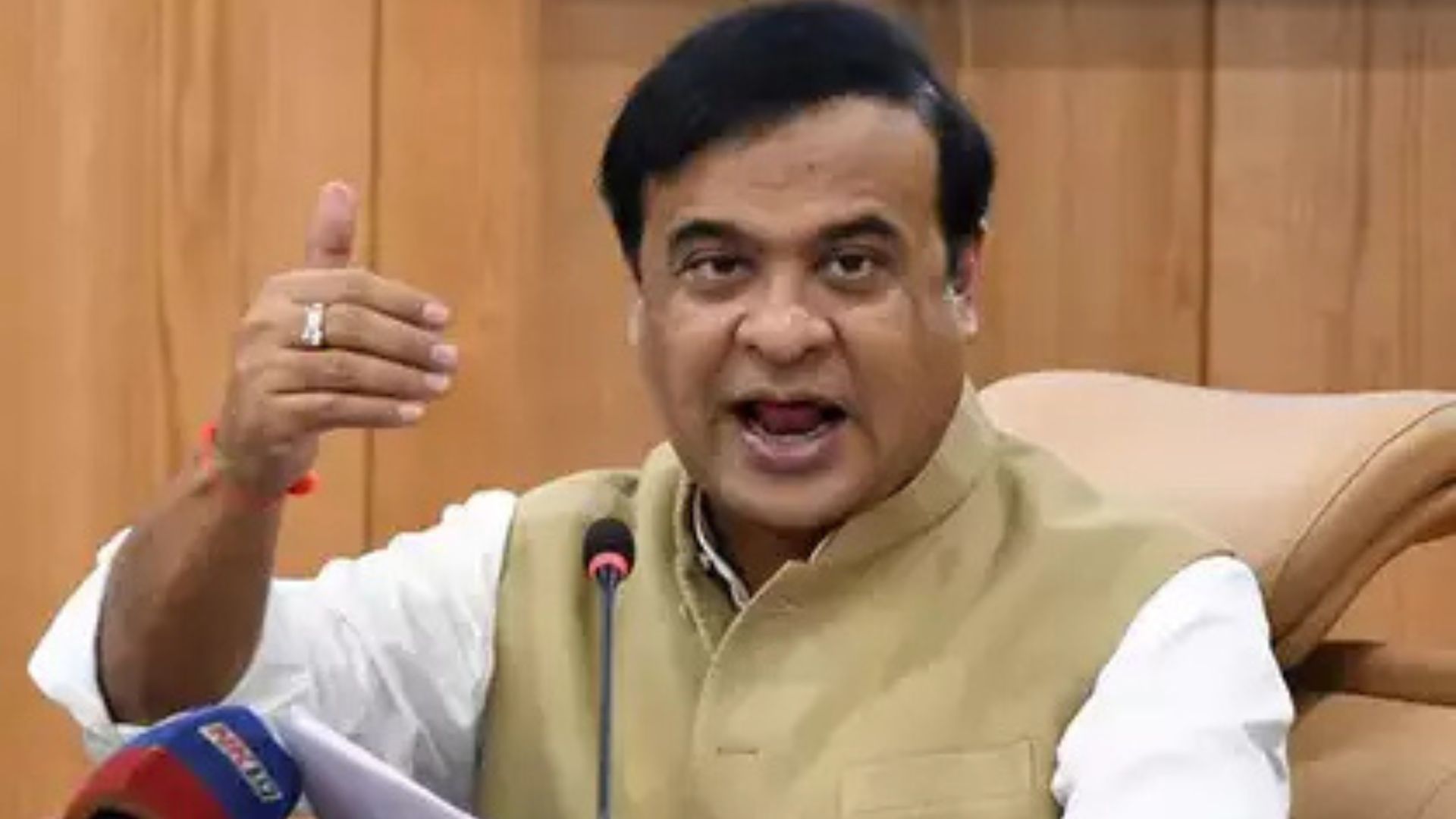
The agriculture sector plays a significant and pivotal role in the Indian economy as around 60% of the total Indian population is engaged in agriculture, contributing about 18% of the country’s GDP but the agrarian community is plagued by several issues affecting farmers life directly or indirectly . From procurement of inputs to marketing and post-harvest activities, farmers face a lot of challenges. However, the problems faced by farmers go often unnoticed. In a bid to make farmers financially sound, the Haryana government has come up with several additional steps. Meanwhile, several farmers have also taken to animal husbandry, beekeeping and other such endeavors. In this series, the agrarian community is also trying its hand at fisheries Notably, fish culture in the state is difficult owing to a predominantly vegetarian population as well as the absence of a fishing community in the state. Along with this, several factors emerge as obstacles in promoting fisheries in Haryana, including land disputes and differences between landowners.
Additionally, one of the senior Fisheries Department officials said on anonymity that about 15-20 percent of those interested in fishing have been unable to because of several pending cases pertaining to multiple ownership of land.
Along with finding it difficult to reach a consensus among multiple landowners, land value in districts that come under the National Capital Region (NCR) also are extremely high. In such a situation, people are less likely to be interested in using their land for fish farming as opposed to other projects. These cases are especially common in Faridabad, Gurugram and Sonipat districts, adjacent to Delhi. However, in districts where land or lease rates are cheaper, there has been a surge in interest in the fish business, especially in the Sirsa and Fatehabad districts. Dharmendra Singh, Director of the Fisheries Department said that in a bid to bring the issue to light, the department has begun organising awareness campaigns and possible efforts are being made to ensure the same.
According to the information received, the Panchayat of Rolad Latifpur village in Sonipat has leased 48 acres of land last year for fish farming-a second crop of prawns is currently being prepared for this land. The panchayat of the Shamli Buhran village had also provided 60 acres of land in total. Besides, the department is motivating people towards sustainable fisheries and Gram Panchayats are also leasing out land at subsidised rates for the same. Since fish farming requires adequate land as well as quality soil and water availability, anyone interested in fishing needs to complete several formalities.
Apart from aforesaid, fishery professionals are grappling with power consumption issues, as the government is supplying less power than the demand requires. Dharmender Singh, the Director of the Fisheries Department, said that the steps have been taken to promote fisheries, provide quality seeds, and engage in discussions with banks and insurance companies for insurance facilities..The government is also investing in research for new varieties of fish farming and seed development. The state government has also been making efforts to take additional steps for the people associated with those in the farming business in Haryana. Agriculture experts are of the opinion that the government is required to consider the recommendation of farmers while formulating policies to financially strengthen the farming community.
In continuation to aforesaid, it is pertinent to mention that for shrimp production (saltwater fish), the target was set at 5,681 metric tons in 2022-23, and it increased to 7,518 metric tons in 2023- 24. White prawns, a type of saltwater fish, are being produced on a large scale in various districts, including Jhajjar, Rohtak, Bhiwani, Charkhi Dadri, Gurugram, Faridabad, and Rewari. It’s worth noting that in 2014-15, shrimp farming covered only 70 acres, producing 140 metric tons. This has now expanded to 1,250 acres with a production of 2,900 metric tons in 2021-22.













